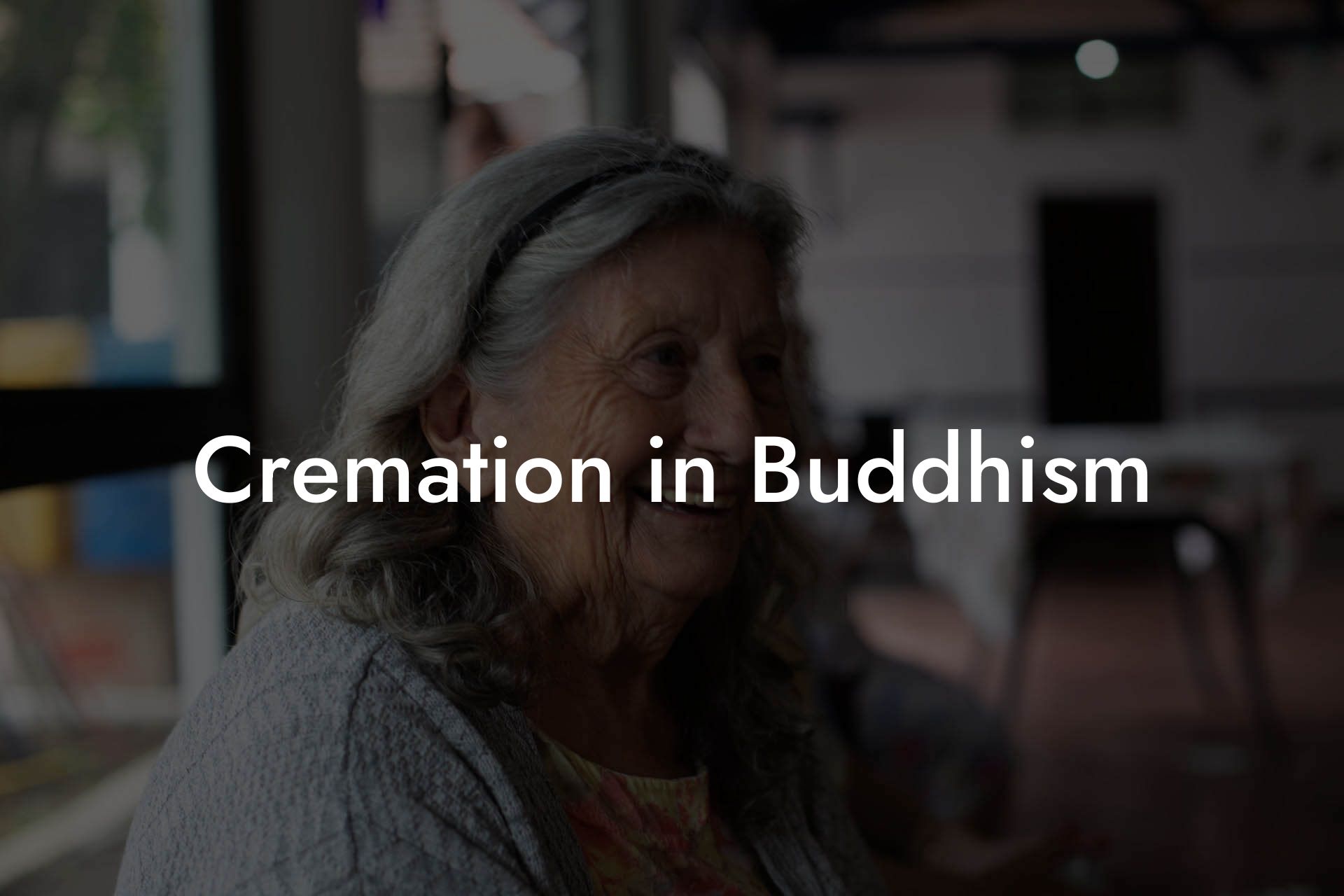Imagine a world where the cycle of life and death is not feared, but celebrated. In Buddhism, cremation is not only a practical way to dispose of the physical body, but a deeply symbolic act that marks the transition from one life to the next. As we delve into the world of Buddhist cremation practices, we'll explore the rich cultural heritage, spiritual significance, and modern adaptations of this ancient tradition.
Quick Links to Useful Sections
The History of Cremation in Buddhism
The practice of cremation in Buddhism dates back to ancient India, where the Buddha himself was cremated. This tradition was rooted in the Hindu custom of burning the dead to release the soul from the cycle of rebirth. As Buddhism evolved, cremation became an integral part of the funeral rites, symbolizing the impermanence of the physical body and the liberation of the spirit.
In Tibet, cremation was often performed in conjunction with sky burials, where the body was dismembered and left to be consumed by vultures. This practice, known as "giving alms to the birds," was seen as a final act of generosity and a reminder of the transience of life.
The Significance of Cremation in Buddhist Funeral Rites
In Buddhist funeral rites, cremation is a crucial step in the process of releasing the deceased from their earthly bonds. The burning of the body is believed to purify the deceased, allowing them to transition smoothly into the next life. The ashes, or "relics," are often collected and enshrined in stupas or pagodas, serving as a reminder of the deceased's spiritual journey.
The cremation ceremony itself is often accompanied by chanting, prayers, and offerings to the deceased. The burning of incense and the lighting of candles symbolize the illumination of the path to enlightenment, guiding the deceased through the intermediate state between lives.
Modern Adaptations of Buddhist Cremation Practices
As Buddhism has spread globally, cremation practices have evolved to accommodate modern sensibilities and environmental concerns. In many Western countries, Buddhist cremation ceremonies now incorporate eco-friendly alternatives, such as biodegradable urns and natural burial grounds.
Additionally, some Buddhist communities have adopted innovative approaches to cremation, such as "resomation" – a water-based cremation process that reduces the body to bone fragments, minimizing environmental impact.
The Role of Cremation in Buddhist Rituals and Practices
Cremation plays a significant role in various Buddhist rituals and practices, including:
- Funeral rites: Cremation is an integral part of Buddhist funeral ceremonies, marking the transition of the deceased from one life to the next.
- Memorial services: Cremation ashes are often used in memorial services, where they are scattered in sacred locations or enshrined in stupas.
- Pilgrimages: Cremation sites, such as the Bodh Gaya cremation grounds in India, have become important pilgrimage sites for Buddhists.
Frequently Asked Questions about Buddhist Cremation
Here are some common questions about Buddhist cremation practices:
1. Is cremation mandatory in Buddhism?
No, cremation is not mandatory in Buddhism, but it is a common practice in many Buddhist cultures.
2. What happens to the ashes after cremation?
The ashes are often collected and enshrined in stupas or pagodas, or scattered in sacred locations, such as rivers or mountains.
3. Can I still have a traditional Buddhist funeral if I'm not cremated?
Yes, traditional Buddhist funeral rites can still be performed even if the body is not cremated.
4. Is Buddhist cremation only for monks and nuns?
No, Buddhist cremation is available to all Buddhists, regardless of their monastic or lay status.
Resources and Community Support: Your Next Steps
If you're interested in learning more about Buddhist cremation practices or seeking support from a Buddhist community, here are some resources to get you started:
- Buddhist organizations: Look for local Buddhist organizations or temples in your area that offer cremation services and support.
- Online forums: Join online forums or social media groups dedicated to Buddhist cremation and funeral practices.
- Buddhist literature: Explore Buddhist texts and literature that discuss cremation and funeral rites, such as the Tibetan Book of the Dead.
Remember, Buddhist cremation is not just a practical way to dispose of the physical body, but a deeply symbolic act that marks the transition from one life to the next. By embracing this tradition, you can find solace, comfort, and a deeper connection to the Buddhist community.

